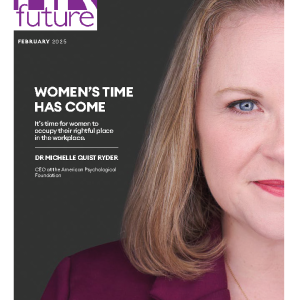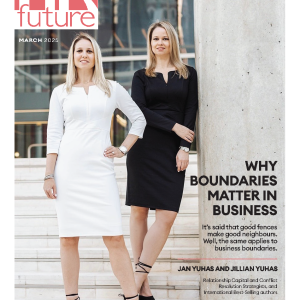Do you ever stop and think about how medical aid actually works? If you’re a normal person who doesn’t work in the industry itself, you probably don’t. And why would you? It doesn’t work any different today than when your parents had it, or since the first time you got it.
In fact, medical aid in South Africa has been operating the same way for decades. But maybe it’s time to start taking your inner voice a little more seriously when it tells you that things aren’t working quite as well as they could.
This is especially true if you work in Human Resources, and are responsible for ensuring that your employees enjoy good medical aid cover as part of their employee benefits. Here, we unpack the four main issues with medical aid cover as it currently stands to help you consider better alternatives for your workforce.
Problem 1: Day-to-day savings
Day-to-day savings are the money made available to your employees for expenses like glasses, the pharmacy or GP visits. This is usually about 25% of their monthly contribution set aside. Members of medical schemes have a fixed amount of savings available yearly, and once it is depleted, it’s done.
What’s the problem?
Currently, people have very little say in how their day-to-day savings are structured and how they pay for it. It’s incredibly rigid – whether the member needs more savings than what they’re given, or less, they have no say in the matter.
The solution: Look for a medical aid provider that will give your workforce a say in how their day-to-day savings are structured and how they pay for it.
Problem 2: network options
Network options restrict your employees to using certain contracted hospitals (the scheme’s “network” of hospitals) for planned hospital procedures (excluding accidents and emergencies). Because they are only allowed to use some hospitals, they pay less for their medical aid.
What’s the problem?
Based on that description, it is fair. Your employees have access to fewer hospitals with which the scheme has contracts; thus, healthcare at these facilities costs the scheme less, and they pay less in return. What isn’t fair though is that most schemes not only restrict the number of hospitals your employees can use, but also cut the quality of their benefits. They might remove some benefits entirely or give members a lower benefit limit when compared to the non-network variant of the same option.
The solution: Be sure to choose a medical aid provider whose network options give your staff access to a reasonable number of hospitals without compromising the quality of their benefits.
Problem 3: all pay the same, but don’t claim the same
Medical aid works as follows when it comes to hospital/risk cover (not day-to-day savings): Essentially, the contributions the scheme receives from all its members are pooled. When members claim for hospital or risk events, those claims are then paid from the money in that pool.
What’s the problem?
If your employees are young and healthy, or even just healthy, why does their medical aid option cost the same as that of an octogenarian who needs procedures such as hip and knee replacements? Shouldn’t your staff be contributing less if they’re claiming less?
The solution: Pick a medical aid provider that will allow your healthy employees to pay less because their claim rate will be much lower, but with a fixed excess should the unforeseen happen and they end up needing a planned hospital procedure after all.
Problem 4: having to pay for ‘what if’, not ‘right now’
Medical schemes don’t allow your employees to change their options at any other time than at the end of the year. This goes for both upgrades and downgrades.
What’s the problem?
Nobody has a crystal ball. Your employees simply don’t know what their medical aid needs might be in the year ahead. Therefore, many people don’t buy the medical aid they need right now, they buy the option that will cover them for a worst-case scenario – which is always more expensive.
The solution: Find a medical aid provider that gives your employees the flexibility to upgrade their medical aid cover during the year should their health status change.
When it comes to ensuring that your employees enjoy quality, affordable medical aid cover that can be tailored around their specific needs, it really pays to do your homework.
This article was provided by Fedhealth.













